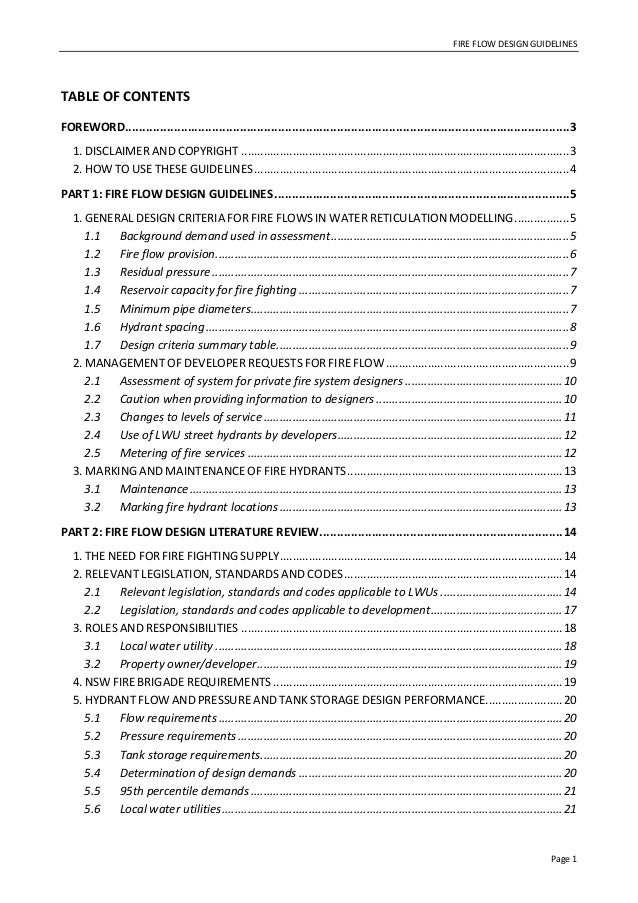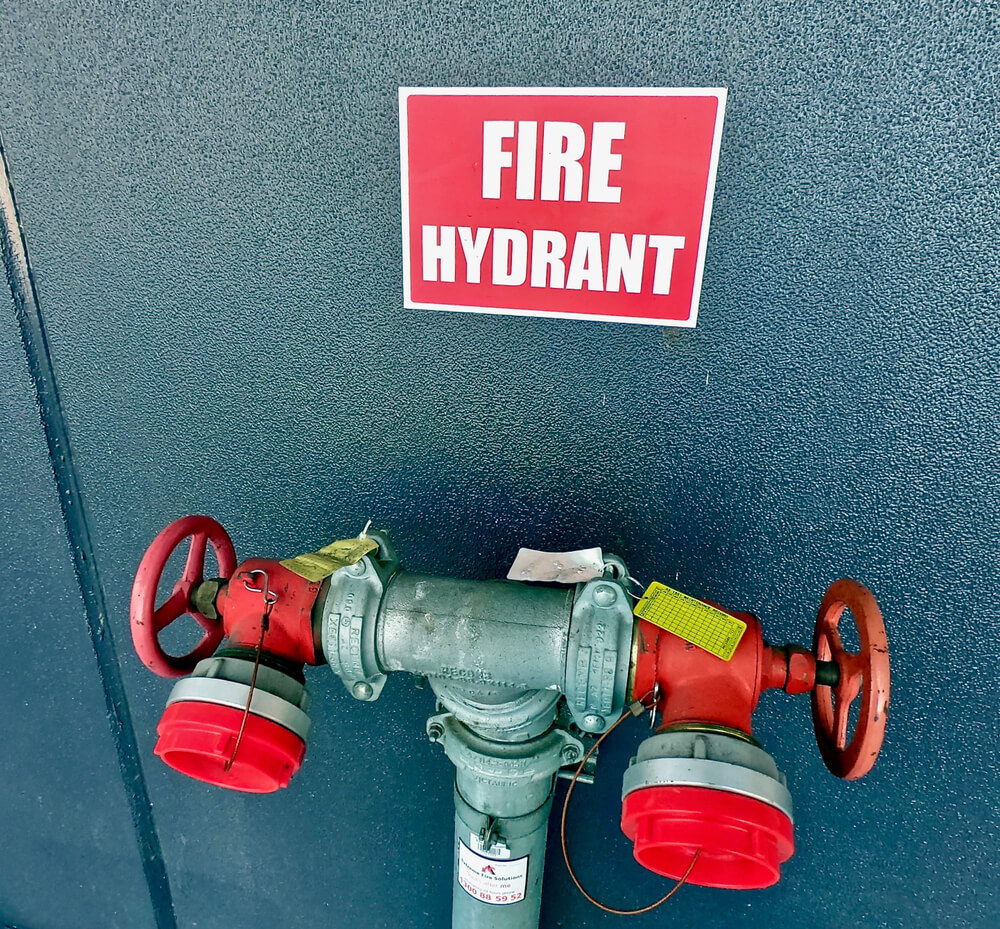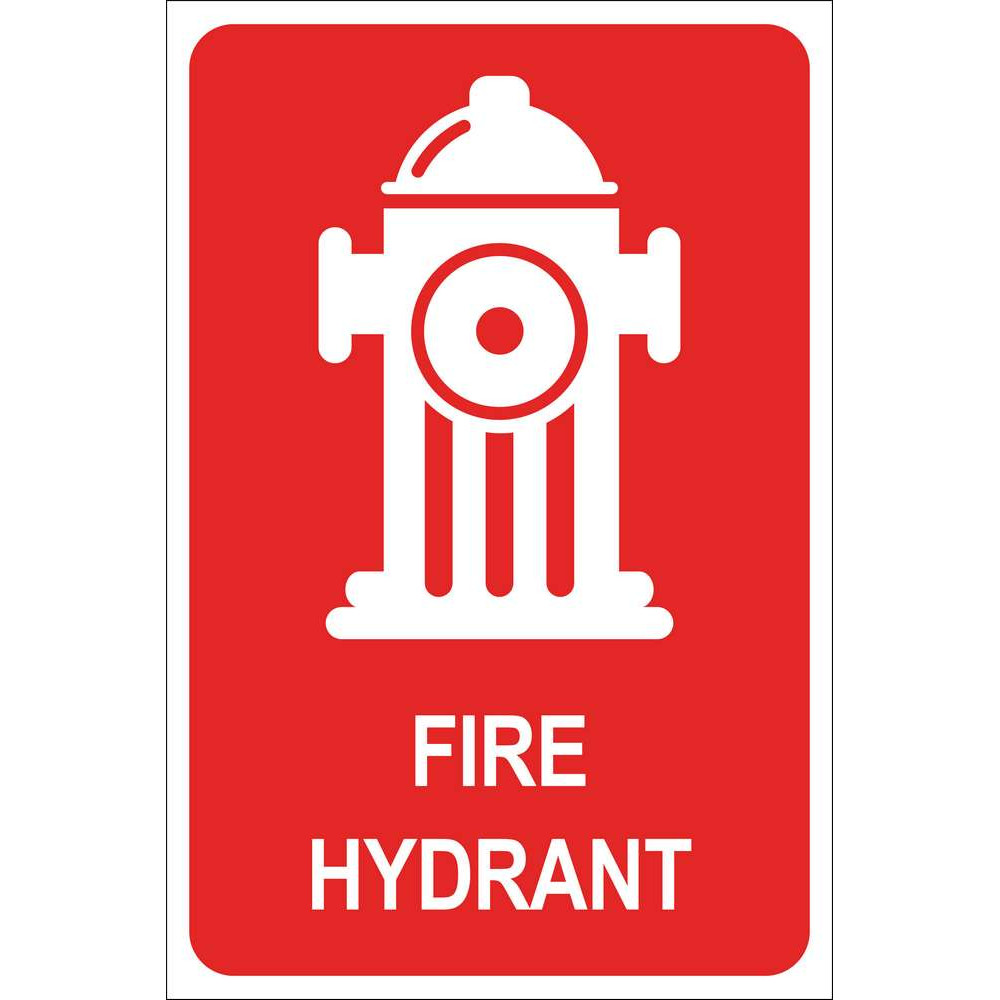Fire Hydrant Standards Nsw
12 APPLICATION This Standard applies to fire brigade inlet booster connections. Most-Recent Revision Only Clear all.

Fire Hydrant Testing Checklist Fire Hydrant Testing Checklist Internal Fire Hydrants In Each Floor And On Roof Ii External Fire Hydrants This Pdf Book Include Fire Hydrant Pdf Document
Hydraulic consultants should use this FRNSW pump performance input.

Fire hydrant standards nsw. Maintenance of fire hydrant systems is governed by AS1851 but what does that mean. A fire hydrant booster assembly may be located between 35 m and 10 m of the building and need not comply with clause 73diii of AS 24191 where the assembly is protected by an adjacent fire-rated freestanding wall that aa achieves an FRL of not less than 909090. Narrow Your Results Revision.
This document applies to 65 mm hose connections on any new or upgraded fire hydrant or fire sprinkler system installed in any building facility or site within NSW. Fire hydrant feed means a fire hydrant valve used to supply water to a fire appliance. How can you tell if you are currently getting the service you are paying for.
Clause 77 of Australian Standard AS 24191-2005 requires a fire brigade relay pump be installed in buildings having an effective height greater than 50 m. Why are water hydrants so important. In the first minutes of a fire emergency a.
Where the new tunnel is an extension to an existing tunnel fire safety requirements shall be. FRNSW compatible hose connections are required on all fire brigade booster inlets feed fire hydrant outlets and attack fire hydrant outlets. Introduction This circular outlines the changes to the Environmental Planning and Assessment Regulation 2000 the EPA Regulation introduced by the Environmental Planning and Assessment Amendment Fire Safety and Building Certification Regulation 2017 the Amending.
The Standards Australia NEXTgen Program provides emerging leaders an exciting opportunity to become involved in the national and international standardisation processes which supports Australian industry and governments. Fire services use the hydrant for a continuous flow of water which is vital to firefighting operations. AS 21186 means the Australian Standard entitled Automatic Fire Sprinkler Systems Part 6 Combined Sprinkler and Hydrant Systems published by Standards Australia however.
Fire hydrants for minor residential development PDF Fire safety in waste facilities PDF Guidelines for bulk storage of rubber tyres PDF Impulse fans in car parks PDF Technical information sheets. Fire Hydrants Minimum Flow Requirement NFPA Xchange. These inspections vary depending on the building and code application however for ease of use the most common items are as follows.
Monthly servicing of fire hydrant systems is only required if the hydrants are connected to a. Recommendations concerning the frequency of flow and pressure testing range from six to twelve months BS5306 and NFPA14 and risk assessed whereby frequency of testing is determined according to the nature of the risk in the hydrant. The program provides training and direct exposure to the standards development processes and technical committees.
This Standard is not applicable to fire safety of tunnels to be utilized by freight or diesel train services. This standard also applies to street fire hydrants. Here is a non-exhaustive look at some of the things your service contractor should be doing as part of their routine servicing.
The Australian Standards require scheduled maintenance and inspection for all fire safety equipment and systems. This involves having access to shared information and collective intelligence to develop standards. It applies to fire hydrant systems installed to protect buildings structures storage yards marinas and associated moored vessels wharves and plant.
A fire truck carries only enough water to make an initial fire attack. Fire Hydrant Standards 1-20 of 138 results 20 results per page 10 results per page 30 results per page 50 results per page 100 results per page Filters. The regulations concerning fire hydrants are BS5306 DCOL20023 and NFPA14.
And bb extends not less than 1 m each side of the outermost fire hydrant booster risers within the assembly and is not. This standard applies to fire hydrant systems installed to protect buildings structures storage yards marinas and associated moored vessels wharves and plant. Fire hydrant installations Part 3.
An FRNSW or NSW Rural Fire Service fire brigade station. Hydrant systems to protect properties. In NSW Hydrants are located just a couple of feet underground on either a road or pathway and have a cover known as a surface fitting.
612 A street fire hydrant may only be used as the feed fire hydrant if not likely to be obstructed eg. Fire brigade booster connections SECTION 1 S COPE AND GENERAL 11 SCOPE This Standard specifies requirements for design construction performance and testing of fire brigade inlet booster connections suitable for installation as part of fire hydrant systems. Fire hydrant attack means a fire hydrant valve downstream of a fire brigade booster and used to directly attack a fire.
This document does not apply to large bore hose connections eg. AWWA 8 SNZ 2 DS. Most-Recent Revision Only 138 Not False 0 Publisher.
Hazardous chemicals manifest PDF Fire brigade booster connection with inlet insert PDF Fire hydrant concessions for existing buildings PDF. 611 A street fire hydrant being used as the feed fire hydrant is to be located within 30m of the positioned fire appliance see Figure 1. This Standard also applies to street fire hydrants used in lieu of on-site fire hydrants or to supplement the coverage afforded by street fire hydrants.
These documents state that hydrants shall be tested regularly to ensure proper functioning and to ensure that supplies have not deteriorated. New and changed fire safety regulation requirements that will soon apply in NSW. The fire safety requirements apply to construction of new tunnels using electric passenger rolling stock.
A in the case of a combined fire sprinkler and hydrant system required to be installed in an existing facility the version of AS 21186 published in 1995. Routine Fire Inspections and Testing as per Australian Standards AS1851-2012. The fire hydrant system is to be designed for a boost pressure of 950 kPa being input into the fire brigade booster connection from a standard FRNSW pumper.
Fire hydrant valve means a valved outlet on the fire hydrant system used for direct attachment of a firefighting hose. Nov 08 2016 Read the applicable NFPA standard for your project it will tell you the total flow design required for hydrants.

Fire Flow Design Guidelines 2011

Fire Hydrant And Hose Reel Sku Fs006

Fire Hydrant Testing Checklist Fire Hydrant Testing Checklist Internal Fire Hydrants In Each Floor And On Roof Ii External Fire Hydrants This Pdf Book Include Fire Hydrant Pdf Document

Australian Standard Fire Hydrant Water Valve Buy Pressure Reducing Fire Hydrant Valve Fire Hydrant Landing Water Valve Suction Control Valve Product On Alibaba Com

Fire Hydrant Block Plans Fire Alarm Block Plans Fire Sprinkler Block Plans

A Sheridan Macarthur Spinning Wheel Sheridan Design

Australian Standard Fire Hydrant Water Valve Buy Pressure Reducing Fire Hydrant Valve Fire Hydrant Landing Water Valve Suction Control Valve Product On Alibaba Com
)
Fire Hydrants Fire Hydrant System

Fire Hydrant Risers Fire Hydrant Fittings Fire Australia Co

Fire Alarm Wiring Diagram New Wiring Diagram Manual Call Point Valid In 2021 Fire Alarm System Fire Alarm Alarm System

Fire Hydrant And Hose Sku Fs014

Diesel Driven Fire Booster Pump Packaged Fire Pump System Pumps Water Pump System System

Fire Flow Design Guidelines 2011

Fire Hydrant Systems Torvac Solutions

Hydrant Landing Valve 65mm Qrt Roll Groove Inlet Awfs

What Is A Fire Hydrant System History Performance

Afac Releases As2419 4 Update Fire News

